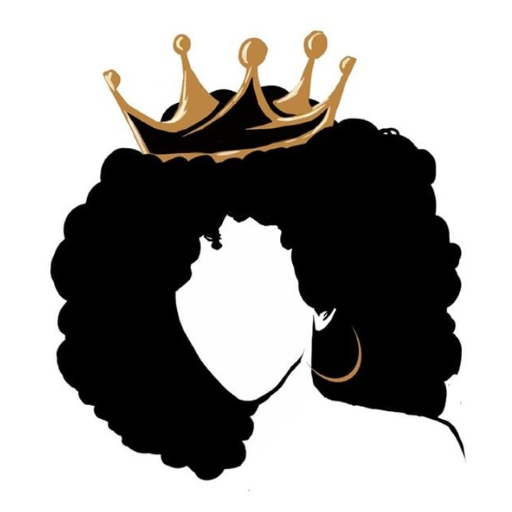Once a retro staple and now a bold comeback trend, the perm is making waves—literally—among Black men looking to redefine their look. But this isn’t your uncle’s 1980s Jheri curl.
Today’s perms for Black men are more versatile, less damaging, and designed with both curl definition and hair health in mind.
What exactly is a perm?
A perm, short for “permanent wave,” chemically alters the natural texture of hair to create curls or waves that last for weeks. While perms are often associated with looser hair types, textured perms cater to coarser, kinkier hair—allowing for more controlled styles like S-curls, wavy tops, or looser afros.
Why Black men are opting for perms
For some, it’s about style versatility—being able to rock waves one day and brushed-out volume the next. For others, it’s about personal expression, inspired by pop culture icons or simply a desire to switch it up without completely straightening the hair.
Types of perms for black hair
• S-Curl perms: A classic look that softens tight curls into defined, glossy ringlets.
• Wave perms: Ideal for achieving a more relaxed, tousled texture.
• Texturizers: A mild chemical treatment that loosens curls without fully relaxing them.What to Consider Before Getting a Perm
• Hair health: If your hair is already damaged, coloring-treated, or brittle, a perm may not be ideal.
• Maintenance: Perms require consistent moisturizing, deep conditioning, and gentle detangling to keep curls healthy and defined.
• Professional help: Always seek a stylist experienced with textured hair to avoid overprocessing or scalp irritation.
Aftercare tips
Use sulfate-free shampoos, lightweight leave-ins, and curl creams tailored to chemically treated hair. Avoid excessive heat styling and make sure to wrap your hair at night to retain moisture and shape.
Conclusion
The modern perm gives Black men the power to reinvent their look without erasing their texture. It’s about embracing the curl, not fighting it. Whether you’re channeling retro vibes or crafting a whole new aesthetic, the perm is proof that style evolution can start at the root.





